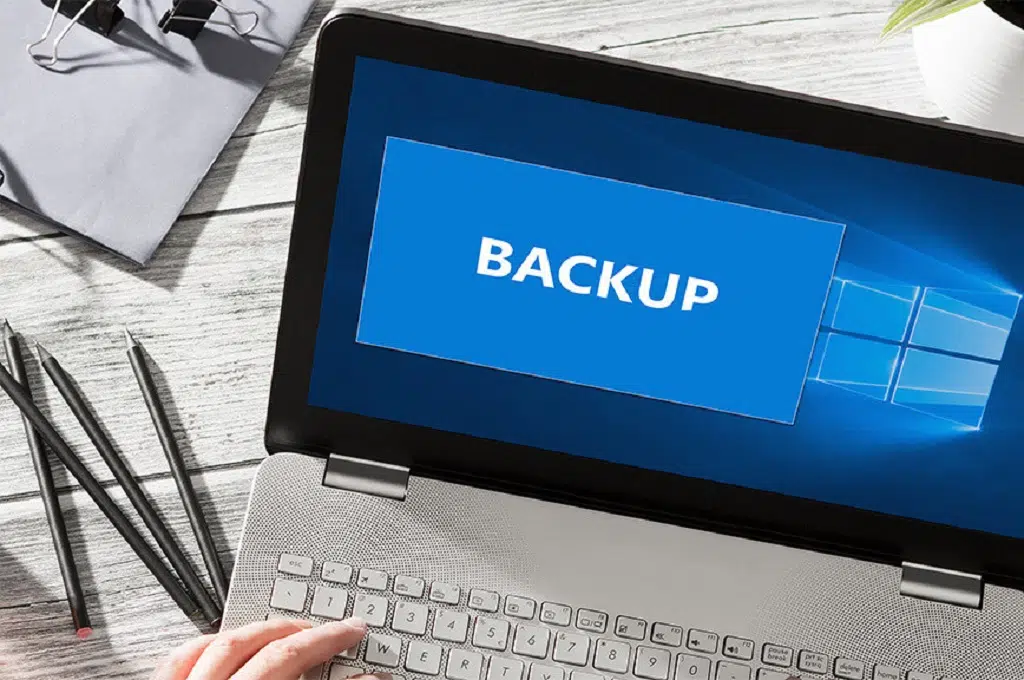If you work in a corporate environment there is a certainty that there is a level of automatic file backups being performed by your I.T department and you can retrieve files if they are accidentally deleted. But when it comes to personal computing many people do not have any kind of automatic backup enabled and instead rely on a manual backup process of their data. While manually backing up files is better than having no backup. Setting an automatic backup means you won’t forget to do a backup. Windows 10 comes with a built-in called File History and allows window users to back up their personal files. Basically, the file history Windows 10 feature continuously saves and protects personal files on the Desktop, Documents, Videos, and Downloads folders. It scans these folders regularly (once every hour by default) for changes in the file system and copies the changed files to another location like an external hard drive or another drive you have selected.
How to Enable File History Windows 10
Before we start we need an external hard drive (a secondary internal hard drive can also be used).
Step 1. Click the Windows “Start” button. Then, go to “Settings > Update & Security”. Or Press Windows Key + i to bring up the Windows Settings App. In the search box type backup and then click on Backup settings.

Step 2. Click Add a drive and then select the hard drive to which you wish to backup files.
Step 3. Click on Back-up options and click Back up now

Step 4. On the Back-up options screen you are able to add additional folders to be backed up up, i.e. If you have a folder outside your User Directory.

Step 5. You are also able to add folders you wish to exclude from the backup. This is handy if you have folders containing large amounts of data and need to split your File History backups over multiple drives.

Windows 10 File History is a very easy and useful backup tool for users to protect any important files. While this will help protect against data loss from a deleted file or failed hard drive, it won’t help protect against ransomware. To protect against malware it is recommended to also have an offline backup.

